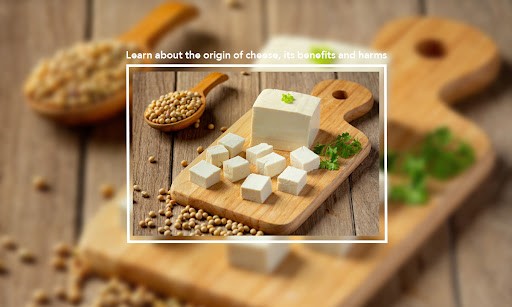Cheese:
cheese; In various sources, “milk of different animals (cow, sheep, goat) partially or completely skimmed/non-skimmed, residues of various dairy products (butter, yoghurt, milk or whey) or mixtures thereof, yeast and harmless organic acids or sour is The product obtained by processing the rennet formed from the curd in various ways, directly or by adding various flavoring and fragrant substances, without maturation or by ripening in various ways.
The word cheese; It originates from the ancient Greek word “formos’ ‘ meaning “baskets in which curdled milk or fresh whey is filtered”. The Italians, who remain true to the meaning of the word, still call the cheese Formaggio, referring to the past. The French also use the same origin word Formage. However, the words Cheese, Kase, Kaas and Queso, used by the British, Germans, Dutch and Spaniards, are derived from the Latin word “coagulum”, which means coagulation, and “caseus”, which means cheese. Cheese is called Chiz in India, Sir in Russia, Ser in Poland, Sirene in Bulgaria, Brinza in Romania, Juosto in Finland, Ost in Switzerland, Tiri in Greece and Sebbene in Arabia from other countries.
Cheese benefits:
The origin of cheese It is a food that dates back to 5000 years. It is estimated that the first cheese suitable for consumption was made by immigrant Turks living in the Middle East. At that time, animal skins or viscera were used to store food. It is thought that cheese emerged as a result of the fermentation of the milk stored in the stomach with the enzymes (culture) there.
Cheese is a fermented milk product obtained by coagulating the milk protein casein with rennet and cheese culture and separating the whey from this clot. 30 gr cheese contains an average of 93 calories, 6 grams of protein, 5 grams of fat and minerals such as calcium, sodium, potassium, and vitamins A and C. Nutritionists state that for a healthy body, it is necessary to consume an average of 1-2 servings of cheese per day. 1 serving, ie 50 grams of white cheese; 1 glass of milk, 1 bowl of yogurt is equivalent to 100 grams of cheddar cheese. Consuming cheese regularly;
Supporting bone and dental health,
Supporting weight loss diets,
In relieving stomach ailments,
In strengthening the immune system,
In the prevention of memory weakness and loss of attention,
In removing harmful microorganisms by balancing the intestinal flora,
Against osteoporosis,
As a good source of antioxidants, in providing resistance against cancer,
It is effective in making the skin look more lively and young, repairing worn skin and preventing premature aging.
Harms of Cheese:
Cheese, which is known to have many benefits for the body, should still be consumed carefully, excessive consumption can be harmful to health. Cheese can also have side effects. Since there are many different types of cheese, it should be noted that the effects may vary from person to person.
Also, people with allergies need to be wary of dairy products. Because cheese is a dairy product, lactose can be difficult to digest, which can cause problems like bloating and indigestion. While its amine content can cause headaches in some people, salty and hard cheeses can increase blood pressure.
Helping weight control when used in the right portions, cheese makes you gain weight in excess consumption. While it is more appropriate to consume low-calorie cheese varieties such as goat cheese, basket cheese, curd during the weight loss process; High-calorie cheeses such as cheddar cheese, gruyere cheese or roquefort cheese should be consumed carefully.
What Should Be Considered When Choosing Cheese?
Natural cheese should consist only of milk, natural rennet and salt. Apart from these products, everything added to cheese is chemical additives that spoil its naturalness and these additives are used to extend the shelf life of cheese. If possible, it is healthier to consume natural cheese without additives.
A good and healthy feta cheese should have a smooth mold and even edges. There should be no impurities such as rust, mold and brine on it. A healthy feta should be a bright and vibrant feta. Cheese that looks dull, has color changes such as yellowish and blue-green should not be consumed.
Nutritional Value % Daily Value per 100 grams *
Calories 309 kcal 15.4%
Carbs 8.2 g 2.7%
Fiber 0.0 g 0.0%
Protein 16.1 g 32.2%
Fat 23.6 g 36.2%
Cholesterol 53.0 mg 17.7%
Vitamin A 228.0 IU 4.6%
Vitamin C 0.0 mg 0.0%
Potassium 103.0 mg 2.9%
Calcium 422.0 mg 42.2%
Iron 0.3 mg 1.7%
To view article about Egyptian carob juice and its benefits, click on the following link:
https://cubii.co/en/carob-syrup-poor-natural-pharmacy-know-its-benefits/
To view the cheese filling and sealing machine, click on the following link:
http://https://www.youtube.com/watch?v=5_eDM88P8DY





